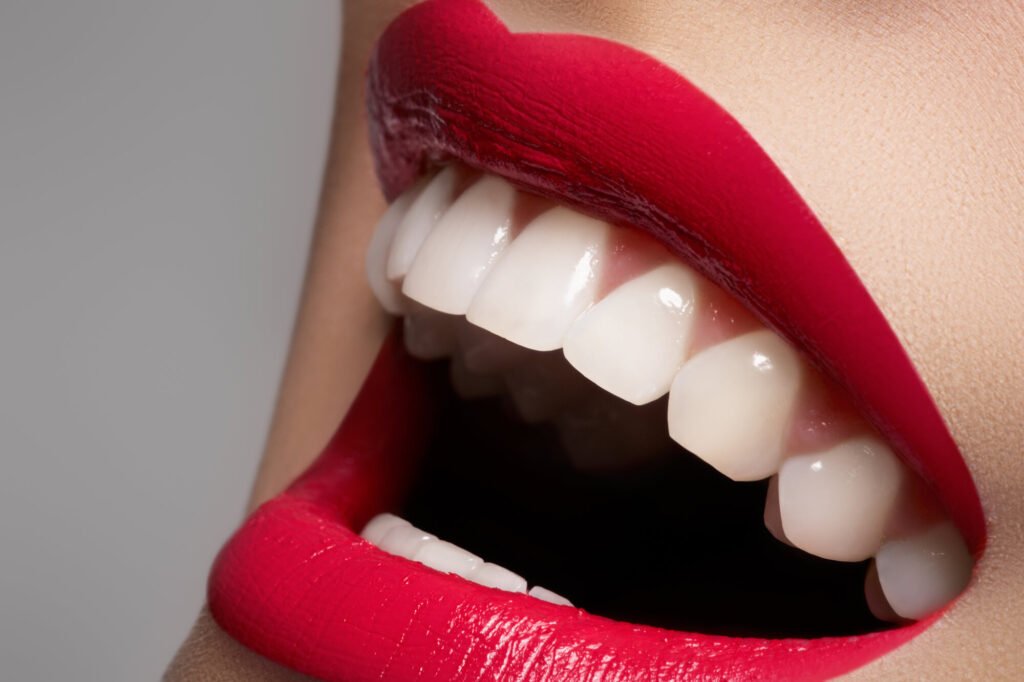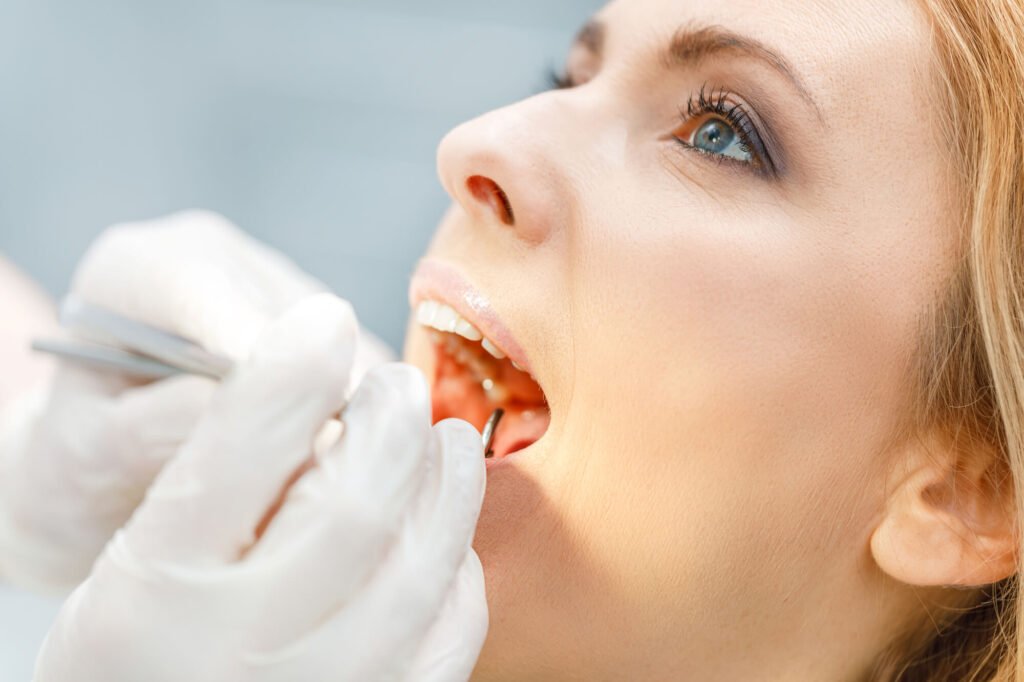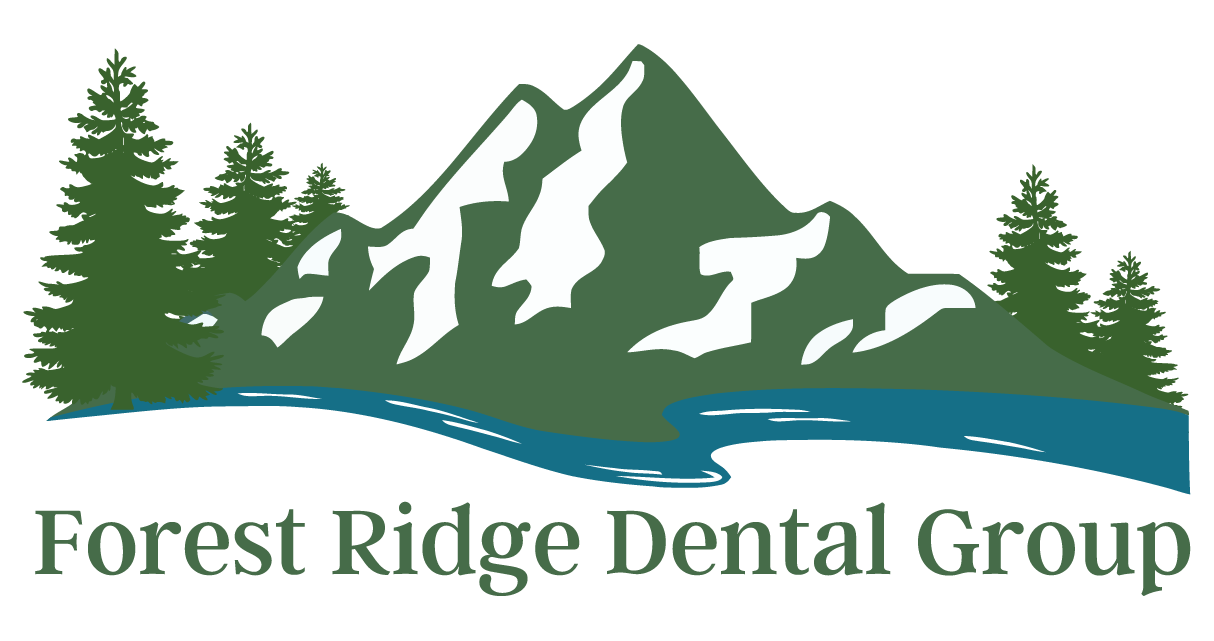There is more to your teeth than just having a pretty smile. You could say it has many functions, such as chewing and digesting food and aiding in word pronunciation. If you’re in Cameron Park, looking for a dentist, we can guide you.
A typical adult has 32 permanent teeth, excluding wisdom teeth. We know it’s essential to take care of our teeth, but most people don’t even know the different parts that comprise a tooth.

Types of Teeth
Our teeth are considered to be the hardest part of our body. Each type has its function and purpose that will overall help in chewing and digesting food.
- Incisors (8, middlemost front teeth on the upper and lower jaws) – chisel-shaped teeth that are for cutting food
- Canines (4, pointed teeth outside the incisors) – pointy teeth that aids in tearing and grasping food when you bite
- Premolars (8, teeth between the canines and molars) – also called bicuspids, help crush and tear food
- Molars (total number of teeth is 8, flat teeth in the rear of the mouth) – best at grinding food
- Wisdom Teeth or third molars (4) – these usually grow out when you turn 18 but are commonly removed to prevent damage and misalignment of other teeth
Teeth Structure and Their Functions
Gumline
This is the place where the gum and teeth meet.
Root
The root extends into the bone and gums to hold the tooth in place. It is also approximately two-thirds of the tooth. It consists of different parts.
- Cementum – a bone-like material known as the cement that covers the root of the tooth and is connected to the periodontal ligament
- Periodontal ligament – is made up of collagen and connective tissues. These contain both nerves and blood vessels that connect the teeth to the tooth sockets.
- Blood Vessels and Nerves – nutrients are supplied by the blood vessels while the nerves control chewing force.
- Jawbone – the bone that contains the tooth and holds the teeth in place
Neck
The neck is also referred to as the dental cervix. It sits between the crown and the root and forms a line that meets the enamel. The neck consists of three parts:
- Gums are also known as gingiva, are connective tissues that are fleshy pink that is connected to the neck of the tooth and cementum
- Pulp – the innermost portion of the tooth and is made of tiny blood vessels and nerve tissues.
- Pulp Cavity – is the space inside the crown that contains the pulp.
Crown
In terms of visibility, the crown is usually seen the most because it’s the most visible. It contains three parts:
- Anatomical crown – found at the top and is the only visible part of the tooth.
- Enamel – the outermost layer of the tooth that protects the teeth from bacteria and from getting damaged while chewing.
- Dentin – is a layer of mineralized tissue underlying the enamel. It covers the teeth from heat and cold but causes sensitivity when damaged.

Common Tooth Conditions
- Cavities: bacteria that eats away the enamel and deeper parts of the teeth
- Tooth decay: is the name that describes the disease of the teeth
- Periodontitis: an inflammation of the deeper structure of the teeth
- Gingivitis: swelling at the surface area of the gums
- Plaque: bacteria that is colorless with a sticky texture
- Tartar: a mixture of plaque and minerals and creates a harder substance
- Overbite: a condition where the upper teeth appear to protrude over the lower jaw
- Underbite: underbites is seen when the lower jaw is protruding past the upper teeth
- Tooth sensitivity: dentin exposure or damage
- Pulpitis: inflammation of the pulp
- Abscess: a bacterial infection that can create pockets of pus
- Malocclusion: misalignment of the teeth
- Teeth grinding: caused by anxiety and are unconsciously done when asleep
Symptoms of Tooth Conditions
Tooth conditions can cause a variety of symptoms. These are not limited to just one complication. The degree of the symptom can vary depending on how severe the condition is to a person. Below is a list of symptoms that can be referred to:
- Tooth pain
- Jaw pain
- Ear pain
- Sensitivity to heat and cold
- Pain triggered by sweet foods and beverages
- Persistent bad breath
- Tender or swollen gums
- Red gums
- Bleeding gums
- Loose teeth
- Discolored teeth
- Fever
Teeth Treatments That Actually Work
Treatment is necessary for the teeth. It may not necessarily mean that it needs a procedure such as an extraction, but there are non-invasive ways to treat the teeth. Below are a few of the treatments that you can consider.
Brushing Teeth
Brushing the teeth daily will help remove plaque and prevent cavities, formation of tartar, and sensitivity.
Flossing
Using floss or approved dental gum cleaner will help clean the area below the gums where the toothbrush can’t reach.
Using Mouthwash
Daily rinsing with mouthwash kills bacteria that cause bad breath and gum-related diseases.
Teeth Cleaning
Professional cleaning of teeth every six months may help prevent many teeth-related diseases and conditions and discomfort.
Root Canal
It reduces the damage of already damaged teeth.
Tooth Extraction
Extraction helps relieve pain from damaged teeth and repair it by filling in the area.
Braces
Braces are a great way to fix the underbite, overbite, or deformity of the teeth and realign them.
Tooth Filling
It works by drilling out the diseased part of the tooth and packing the space with a mineral filling that can help save the teeth and prevent further damage.
Mouth Guard
A mouthguard is a plastic mouthpiece that protects teeth grinding and injury during sports.
Dental Sealants
A commonly used dental sealant is a plastic sealant. It is applied to the teeth, which helps block bacteria from hiding in crevices. Sealants will help prevent the formation of cavities.
Teeth Whitening
It helps in the evening the color of the teeth but has a common side effect of sensitivity. Limit the amount of sugary food intake to prevent plaque build-up.
Dental Examinations
- X-rays – pictures of the teeth may help detect hidden conditions below the gum line or are too small to identify.
- Teeth examination – through viewing and gentle manipulation of the teeth, the dentist can see the potential problems the teeth may have.

Are You in Cameron Park, Looking for a Dentist?
Now that you know the different parts of your teeth and the most common diseases associated with them, it’s time to pay a visit to your Cameron Park dentist.
Visit us at Forest Ridge Dental Group today and schedule an appointment.


